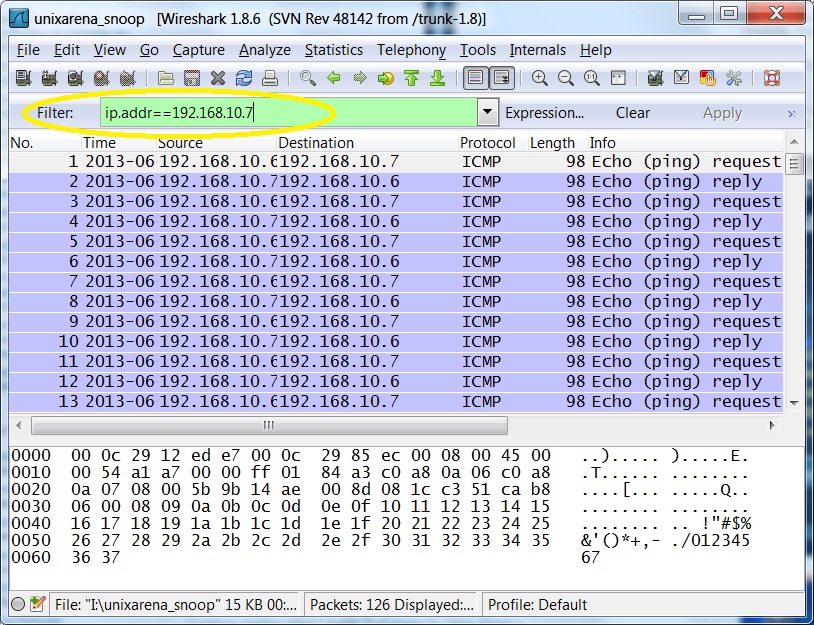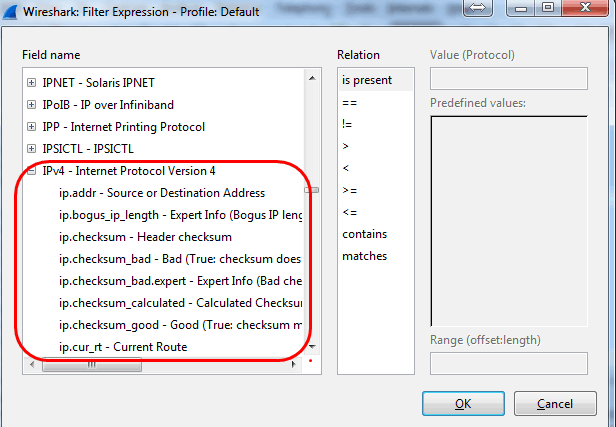
You can optionally precede the primitive with the keyword src|dst to specify that you are only interested in source or destination addresses. > This primitive allows you to filter on a host IP address or name. | |-+ A primitive is simply one of the following: host | Client | 0 -> 4 | Proxy | 3 -> 4 | Server | It will also display frames with IPv4 address equal to 10.56.50.27. If I used the following filter expression, How to shorten the following Wireshark Capture Filter expression?

The display filter syntax to filter out addresses between 192.168.1.1 – 192.168.1.255 would be ip.addr=192.168.1.0/24 and if you are comfortable with IP subnetting, you can alter the /24 to change the range.I just only care about two IP addresses, 10.86.50.153 and 10.86.50.152, but exclude any other traffic. However, if the addresses are contiguous or in the same subnet, you might be able to get away with a subnet filter. One time-consuming approach would be to literally type out all the addresses you want to filter on. In this video, I respond to a question from one of my readers who wanted to create a display filter for many IP addresses. In either case, you will need to use a display filter to narrow the traffic down. Even when you have a capture filter, it may be too generic. You may not know what to focus on when you capture packets, resulting in no capture filter. A display filter is configured after you have captured your packets.

A capture filter is configured prior to starting your capture and affects what packets are captured. Note that in Wireshark, display and capture filter syntax are completely different.

In this video, I review the two most common filters in Wireshark. One of the keys to being an effective network troubleshooter when using a protocol analyzer is the ability to see patterns, which is where filters come into play.


 0 kommentar(er)
0 kommentar(er)
